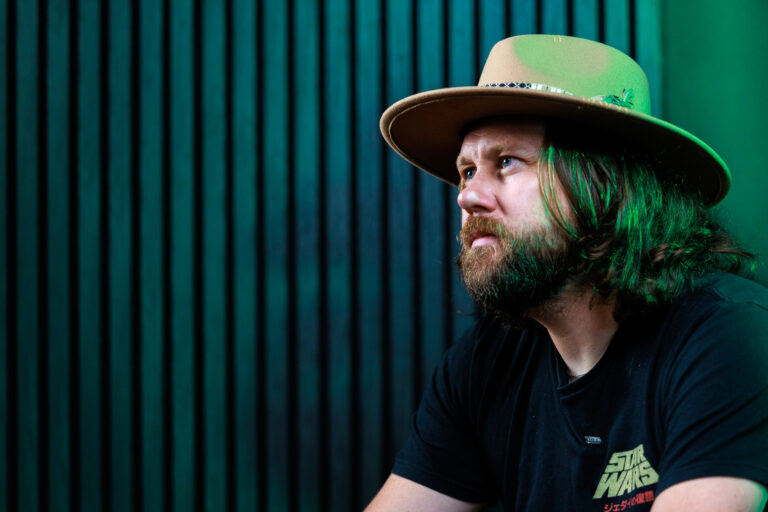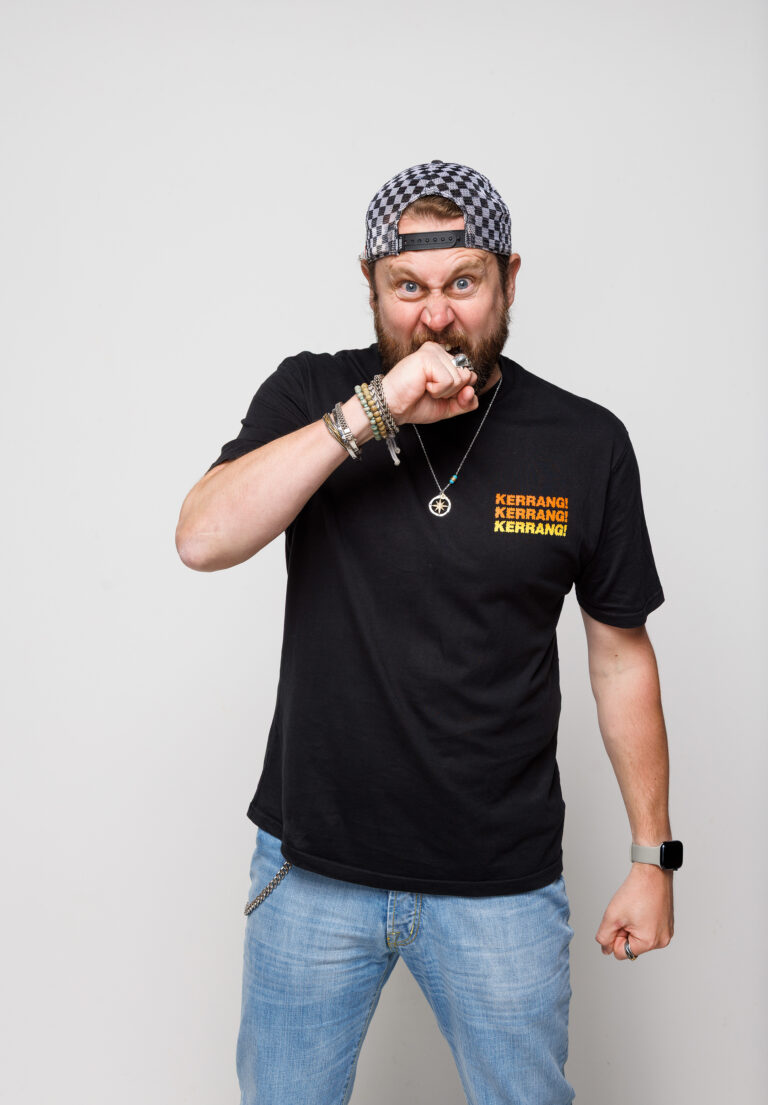Building a personal brand might sound overwhelming, but it starts with one thing: clarity. If you know who you are, who you serve, and what you stand for, the rest becomes structure.
Whether you’re launching a new business, stepping into consulting, or growing your presence as a founder or expert, your personal brand is your most valuable asset. In this guide, you’ll learn exactly how to build a personal brand from scratch – with real steps, practical insights, and a focus on long-term visibility.
What Is a Personal Brand?
Before we dive into the how, let’s define the what.
A personal brand is the strategic expression of your expertise, values, personality, and positioning. It shows the world not just what you do, but why it matters and who it’s for.
It combines elements like:
- Your story and point of view
- Your visual identity
- Your tone of voice and messaging
- The content you share
- The perception others have of you
Unlike a business brand, your personal brand is built around you as the individual. And that makes it one of the most flexible and powerful tools for growth in today’s attention economy.
Step-by-Step: How to Build a Personal Brand From Scratch
1. Know Your “Why”
This is where everything starts. Without a clear purpose, your brand has no direction.
Ask yourself:
- Why do I do what I do?
- What problems do I care about solving?
- What am I driven by: impact, creativity, freedom, authority?
Your answers form the foundation of your message. If you can articulate your purpose clearly, you immediately stand apart.
Tip: Write a mission statement in 1–2 sentences that reflects why your work matters and who it serves.
2. Define Your Audience
You’re not for everyone — and that’s the point.
Get specific:
- Who is your ideal client or audience?
- What are they struggling with?
- What language do they use to describe their problem?
This isn’t about creating a fictional “avatar.” It’s about knowing who your brand needs to speak to — so you can be found by the right people, not just seen by everyone.
SEO Insight: Use keywords and phrases your audience is searching for. Think less about buzzwords and more about intent: “how to find a marketing consultant,” “brand coach for startups,” “personal brand tips for creatives.”
3. Craft Your Message
Messaging is how you connect. It’s what makes people say, “That’s exactly what I need.”
Start by defining:
- Your one-liner (what you do + who you help + result)
- Your elevator pitch (expanded to 2–3 sentences)
- Key themes or “pillars” you consistently speak about
You don’t need to be clever. You need to be clear. Clarity builds trust.
Action Step: Create a message bank — a simple doc with phrases, taglines, and recurring talking points you can reuse across your website, social, and pitches.
4. Develop Your Visual Identity
Design isn’t about looking pretty. It’s about creating recognition.
Your visual identity should include:
- A primary logo or wordmark
- Colour palette (ideally 3–5 colours)
- Typography (1–2 typefaces max)
- Image or photography style
These elements should feel aligned with your voice and audience. Think of your design as the container for your message.
Pro Tip: Consistency = memorability. Don’t change fonts or colours every time you post. Stick to a system.
5. Create Consistent Content
Content is what keeps your brand alive and discoverable. It builds familiarity, trust, and authority over time.
You don’t have to be everywhere — but you do need to:
- Pick 1–2 platforms you can commit to
- Post regularly (even once per week makes a difference)
- Share value: insights, how-tos, behind-the-scenes, beliefs
- Repurpose across formats (video, email, blog, carousel)
AI Discoverability Tip: Structure your content with clear H2s, bullet points, and searchable keywords. AI tools prioritise well-formatted, useful content.
6. Build Trust Over Time
Reputation is built on repetition.
Keep showing up. Engage with your audience. Share proof (testimonials, screenshots, results). Tell stories. Have a point of view. Make it easy for someone to remember you, recommend you, and reach out.
Your personal brand isn’t just about exposure — it’s about alignment. When how you show up matches what you stand for, you become magnetic.
Bonus: Add your brand story to your About page and link to it from relevant posts. Internal linking improves SEO and keeps visitors engaged longer.
Final Thoughts
Building a personal brand from scratch isn’t about becoming someone else. It’s about owning who you are and designing a brand that reflects that with purpose.
With the right strategy and structure, your personal brand becomes more than just a presence — it becomes a platform. One that helps you attract opportunities, build authority, and create long-term impact.
Need help making it real? Book a consultation with Of One Creative or get in touch and we’ll help you build a brand that speaks before you do.



